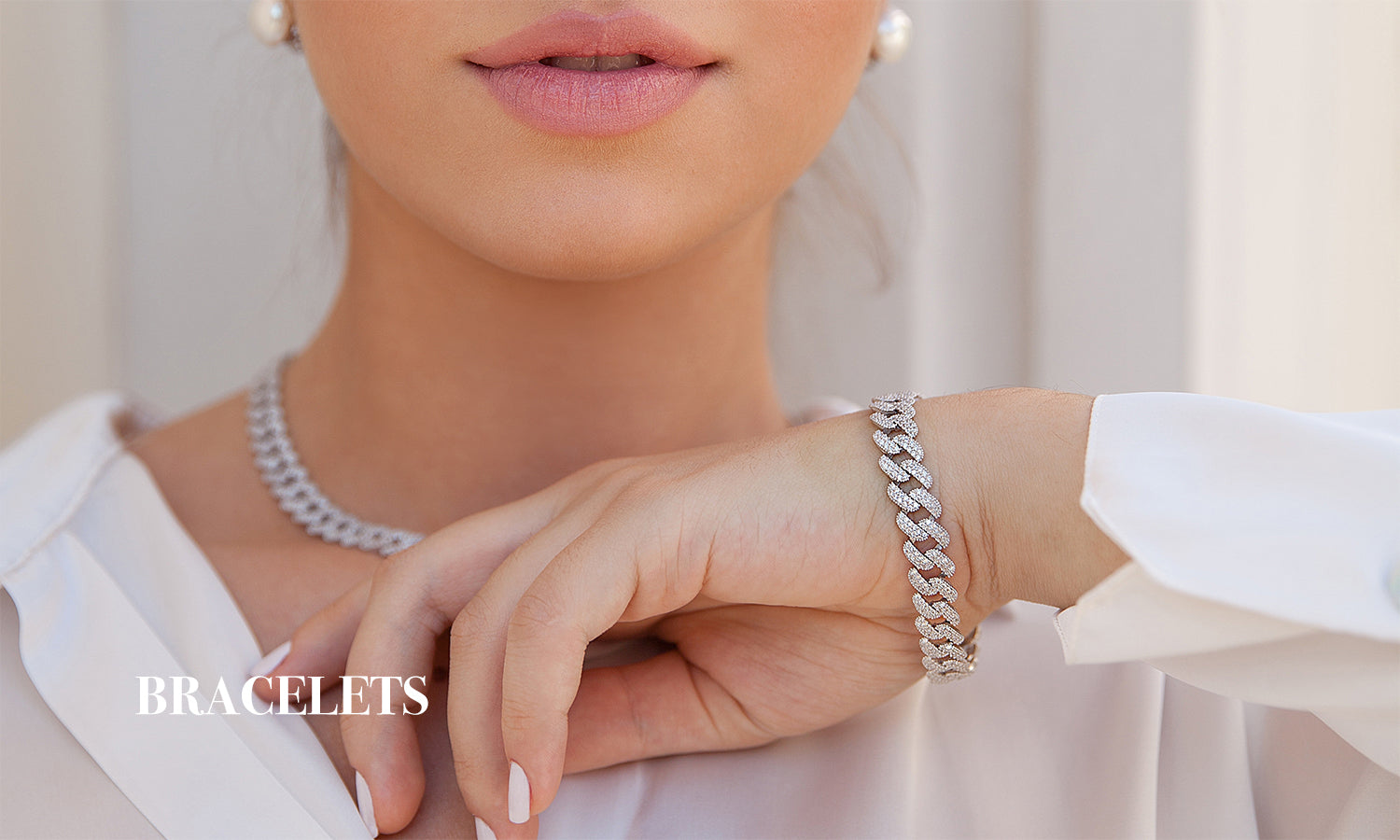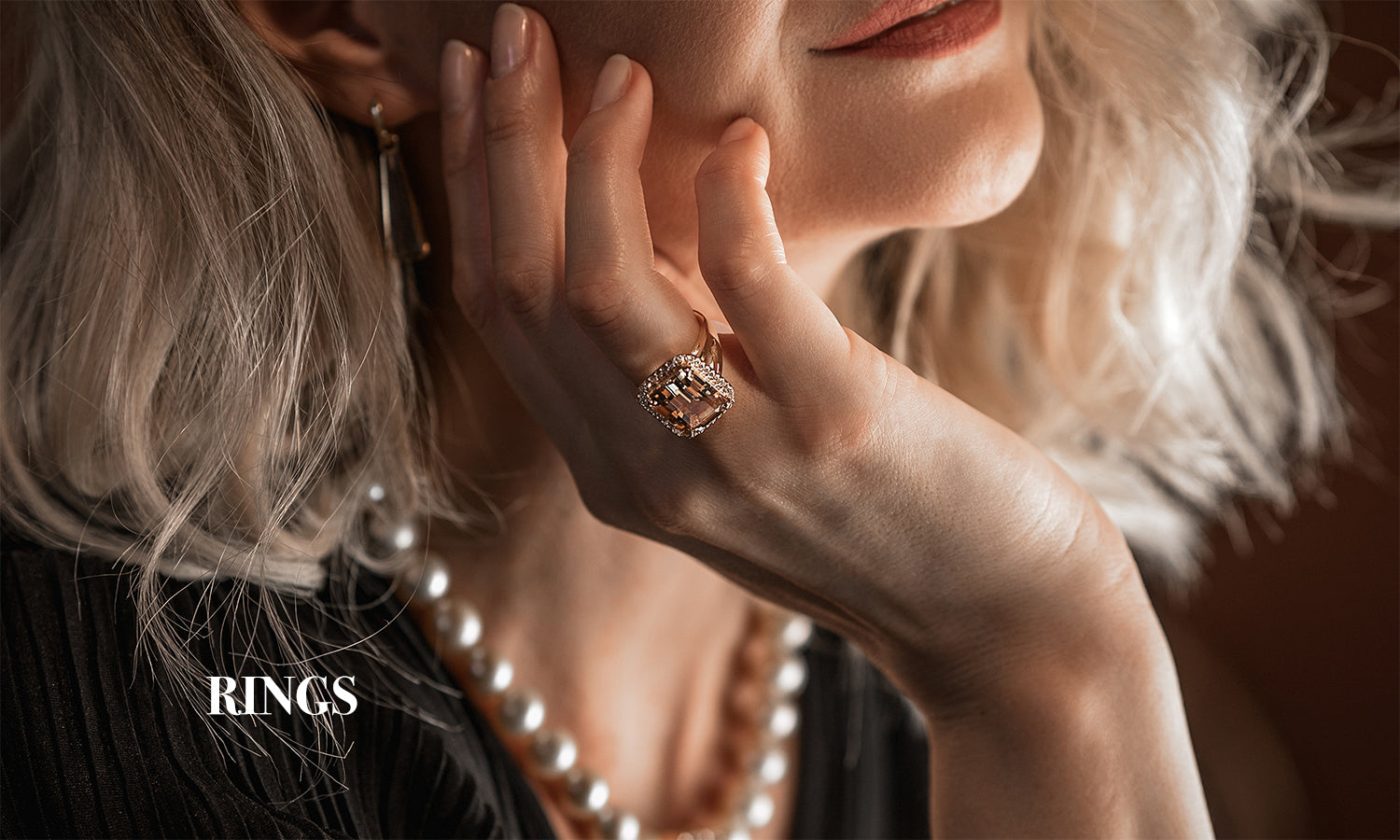At some point, you have probably considered the possibility of getting gold or gold-plated jewelry. But, do you know the differences between gold and gold-plated? What characteristics did you look at to decide? Did you find it difficult to make the decision? We have come to solve your doubts!
First, a bit of history
Gold-plated jewelry appeared in its beginnings as a fraudulent way to make money, since they used cheap metals such as copper, tin, silver, lead, etc... and they covered them mechanically, that is, with the hammering of the hammer, to give them the appearance of solid gold. In this way, they simulated pieces of great value.
"We are in the land of fake coins. Nowhere are they found so frequently as here, and the art of counterfeiting, imitating, and cutting out coins has been carried so far." So described the situation that Baron Davillier saw on his trip through Spain in the 19th century.
But this had a problem: its weight, since 24k gold, pure gold, is about 80% denser than lead, and therefore weighs more than lead, so over time gold coins were weighed, a system that is now used even with banknotes. And with other objects whose weight was unknown, it was enough to scratch a little in a hidden area to see if another metal was hidden.
In jewelry something similar happened, since gold is a symbol of money and power, people wanted to show off the more the better, and the way to make it cheaper was to bathe the jewelry with gold, it was a form of fraud since they appeared more than what they actually had.

Gold jewelry or gold-plated jewelry?
In recent years the trend of wearing gold jewelry has grown like crazy. And the fact is that gold is no longer considered something stately, or even tacky. Nowadays there are few jewelers that do not have some gold jewelry inside, but we can not forget to bet on the quality of our favorite accessories, jewelry.
Let's learn a little more about the options you have to get golden jewelry. Gold or gold plated? We tell you.
How to tell the difference?
To find the differences between gold and gold-plated we have to look at their main differences:
Purity: a piece of gold jewelry contains more gold than gold-plated jewelry, which, as its name suggests, is only plated with gold.
Durability: gold jewelry, being composed mostly of gold, will last longer with the same appearance and purity. While a piece of gold-plated jewelry, depending on its use, can lose the plating and the base material shines.
It is true that once you have the jewelry with you, you will probably not notice the difference unless you choose 24-karat gold jewelry, because its appearance is darker. But if you are considering this purchase as an investment, these aspects are important.
Other differences you should know
In addition to differentiating between gold jewelry and gold-plated jewelry, you should know what types of gold there are and what gold plating really is. Knowing these characteristics you can also make better use of your new jewelry and understand the alterations that may occur in its appearance over time.


Difference between gold and gold plating
Gold can be divided into three main types.
24-karat gold: This means that its alloy is entirely gold and has no other metals in its composition. Its appearance is darker.
18 karat gold: In these cases, in every 24 parts of the alloy, 18 are gold, and the rest is composed of other metals used to add stability and hardness as well as tonality. It is the most commonly used in Europe.
14 karat gold: This means that out of every 24 parts of its alloy, 14 are gold and the rest is composed of other metals used to add stability and hardness as well as tonality.
In gold plating, the metal of the jewelry is 925 sterling silver to which a layer of gold is applied in an electroplating process. There is a minimum amount of gold that must be present to be considered gold plating and it is 2.5 microns.

Differences between 18-karat and 24-karat gold
Their difference is based on the percentage of gold that makes up the jewelry. The 24-karat jewelry is composed of 99.9% gold, while the 18-karat jewelry is composed of 75% and the rest are other metals.

Differences between white gold and silver
White gold jewelry is gold jewelry that is plated with a silver-plated metal, most often rhodium. Rhodium is a silver-colored precious metal with a very characteristic luster. Sterling silver jewelry is composed of silver and the addition of other metals. If we talk about 925 sterling silver, it is 92.5% silver.
Appearance: both jewels are shiny but the shine of white gold is, as its name indicates, more white than silver. Silver's luster can fade but can be easily recovered, while white gold's luster will require a rhodium plating to be reapplied.
Durability: silver is a softer metal than rhodium-plated gold, so a piece of white gold jewelry will last longer intact.
Price: silver jewelry is much more affordable than white gold jewelry.


Now that you know the differences between gold and gold plating, we hope this little summary has solved your doubts. As complicated as it may seem at first, the important thing is that you are clear about the use you want to give to the jewel. The material you are looking for, what use you should give it, and most importantly, find a design that you love.
Gold jewelry will always have a place of privilege. However, gold-plated silver jewelry also has its advantages. These jewels are affordable luxury perfect for trendy pieces that accompany us in our day-to-day, and also do not require special care. A mix of necklaces or fine chains, an infinite combination of earrings, a star ring on our hands, or a wrist full of bracelets have become the hallmark of many of us.





